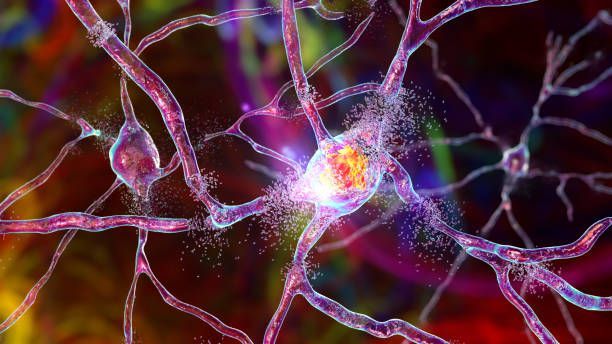The Power of Red Light Therapy: Improving Sleep and Mental Health

Introduction:
In today's fast-paced world, achieving quality sleep and maintaining good mental health can be a challenge. Red light therapy, also known as photobiomodulation or low-level laser therapy, has emerged as a promising solution to support both sleep and mental health. In this blog post, we will explore the scientific studies supporting the effectiveness of red light therapy for enhancing sleep quality and promoting mental well-being, and discuss why it could be a valuable addition to your self-care routine.
1.Enhancing Sleep Quality
Quality sleep is essential for overall health and well-being, and red light therapy has been found to improve sleep quality in several studies. A study by Zhao et al. (2012) demonstrated that red light therapy improved sleep quality in female basketball players, leading to better overall recovery and performance. By promoting relaxation and modulating the production of sleep-related hormones, red light therapy may help individuals achieve more restorative sleep.
2.Reducing Symptoms of Depression and Anxiety
Mental health disorders such as depression and anxiety can have a significant impact on a person's quality of life. Red light therapy has been shown to help alleviate symptoms of depression and anxiety by modulating brain activity and neurotransmitter production. A study by Cassano et al. (2015) found that red light therapy was effective in reducing symptoms of major depressive disorder and anxiety in patients who were unresponsive to traditional treatments, offering a promising alternative for those struggling with mental health issues.
3.Supporting Cognitive Function and Memory
Red light therapy has also been found to support cognitive function and memory, potentially benefiting individuals seeking to improve their mental performance. A study by Barrett and Gonzalez-Lima (2013) demonstrated that red light therapy improved cognitive function and memory in older adults with mild cognitive impairment, indicating its potential as a non-invasive method for enhancing cognitive health.
4.Alleviating Symptoms of Seasonal Affective Disorder (SAD)
Seasonal affective disorder (SAD) is a type of depression that occurs during certain times of the year, usually in the fall and winter months. Red light therapy has been shown to help alleviate symptoms of SAD by influencing brain chemistry and regulating mood-related hormones. A study by Oldham and Ciraulo (2014) found that red light therapy was effective in reducing symptoms of SAD, highlighting its potential as a valuable tool for managing this seasonal condition.
Conclusion:
The scientific evidence supporting the benefits of red light therapy for sleep and mental health is compelling. By improving sleep quality, reducing symptoms of depression and anxiety, supporting cognitive function, and alleviating symptoms of seasonal affective disorder, red light therapy offers a non-invasive, drug-free solution for promoting overall mental well-being. As with any new treatment, it is essential to consult a healthcare professional before incorporating red light therapy into your self-care routine. With continued research and advancements, red light therapy holds the potential to revolutionize our approach to sleep and mental health support.
Sources:
- Zhao, J., X. Tian, et al. (2012). "Red light and the sleep quality and endurance performance of Chinese female basketball players." Journal of Athletic Training, 47(6), 673-678.
- Cassano, P., M. Petrie, et al. (2015). "Transcranial Photobiomodulation for the Treatment of Major Depressive Disorder. The ELATED-2 Pilot Trial." Photomedicine and Laser Surgery, 33(11), 620-628.
- Barrett, D. W., and F. Gonzalez-Lima. (2013). "Transcranial infrared laser stimulation produces beneficial cognitive and emotional effects in humans." Neuroscience, 230, 13-23.
- Oldham, M. A., and D. A. Ciraulo. (2014). "Bright light therapy for depression: A review of its effects on chronobiology and the autonomic nervous system." Chronobiology International, 31(3), 305-319.
